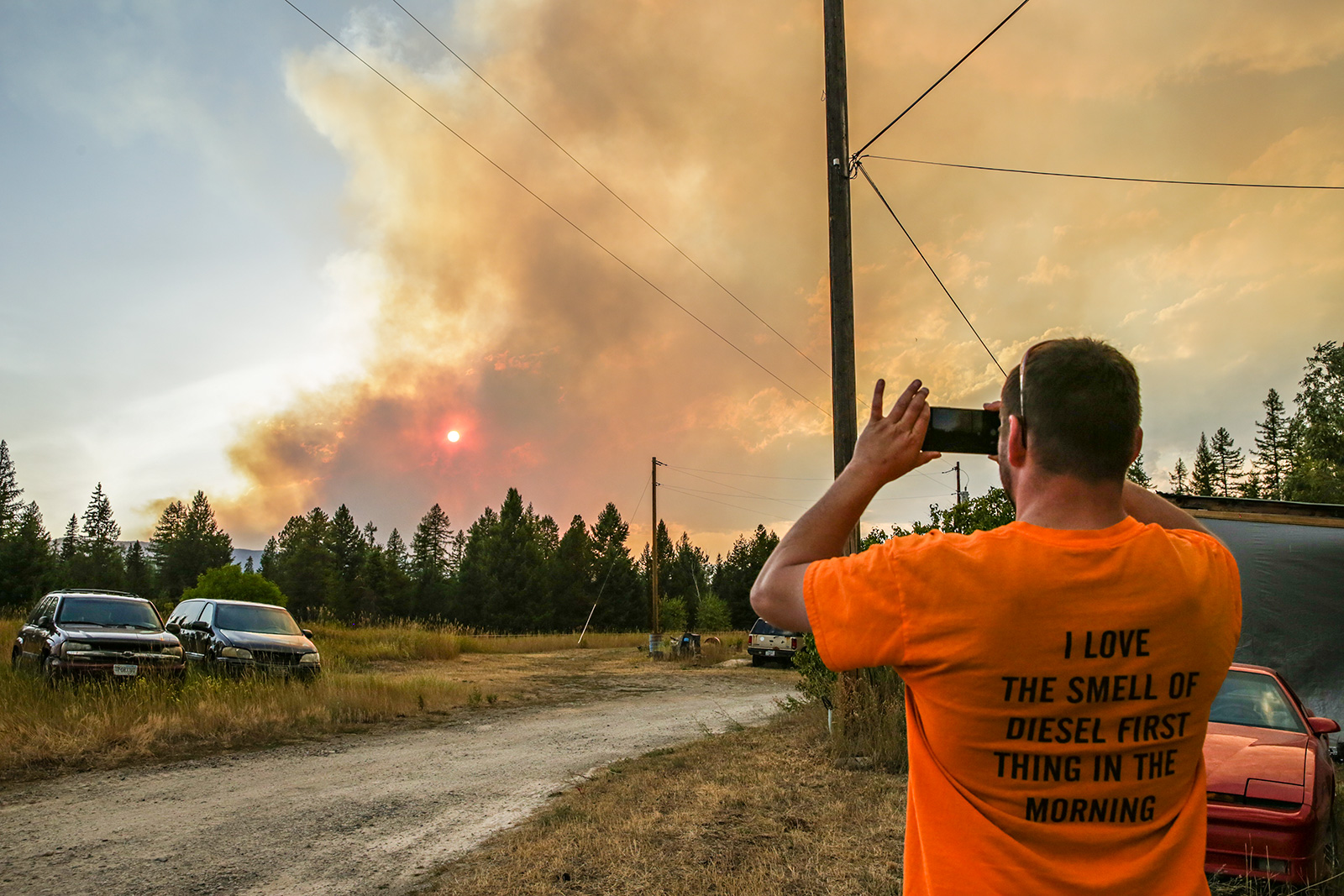Flathead Forest Approves Salvage Project in East Fork Fire Scar
Land managers say the harvest project near Olney could occur as soon as September, before the fire-killed trees lose their economic value
By Tristan Scott
Land managers in northwest Montana this week approved a salvage timber project near Olney in hopes of recovering some economic value from timber stands that burned in last summer’s East Fork Fire, which torched more than 5,000 forested acres.
According to a decision memo submitted by the Flathead National Forest’s Tally Lake District Ranger Bill Mulholland, who has jurisdiction over about 1,080 acres of the wildfire’s footprint, the East Fork Salvage Project will help recover valuable fire-killed species before they depreciate, as well as promote forest health and create new jobs. It is located in the Martin Creek and Blessed Pass areas, approximately six miles west of Olney.
“I have decided to authorize commercial harvest of 223 acres of fire-damaged trees, using ground-based mechanized and cable logging equipment and post-harvest fuels mitigation and reforestation,” Mulholland wrote in the decision memo, adding that “the Tally Lake interdisciplinary team assessed the burned area and identified opportunities for natural resource management objectives” through the salvage harvest, as well as post-harvest fuels mitigation and reforestation.
“This project also intends to positively contribute to employment and income in local communities and help to avoid loss of commodity value,” the proposal for the project states.

The project is categorically excluded from an environmental assessment or environmental impact statement, according to the decision memo, which cites federal rules that exclude salvage projects that seek to harvest less than 250 acres of dead or dying trees and requires less than a half-mile of new road construction, road maintenance and reconstruction of existing forest roads.
The project could begin as soon as next September, with most harvest activities lasting about a year; however, reforestation and brush disposal will likely continue for between three and five years, or until complete.
Members of the public with additional questions should contact Project Leader Gary Blazejewski at [email protected] or at (406) 387-3827.